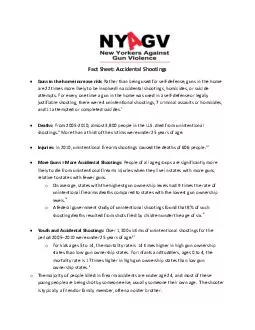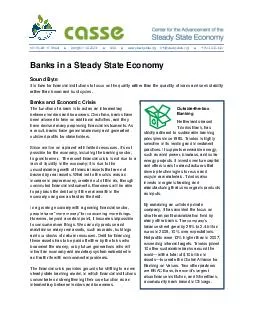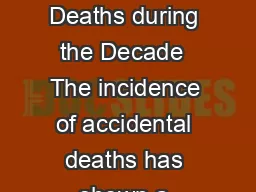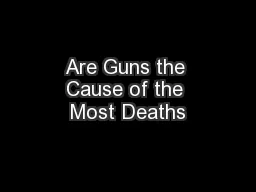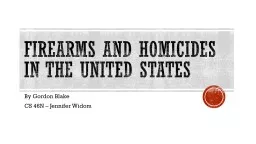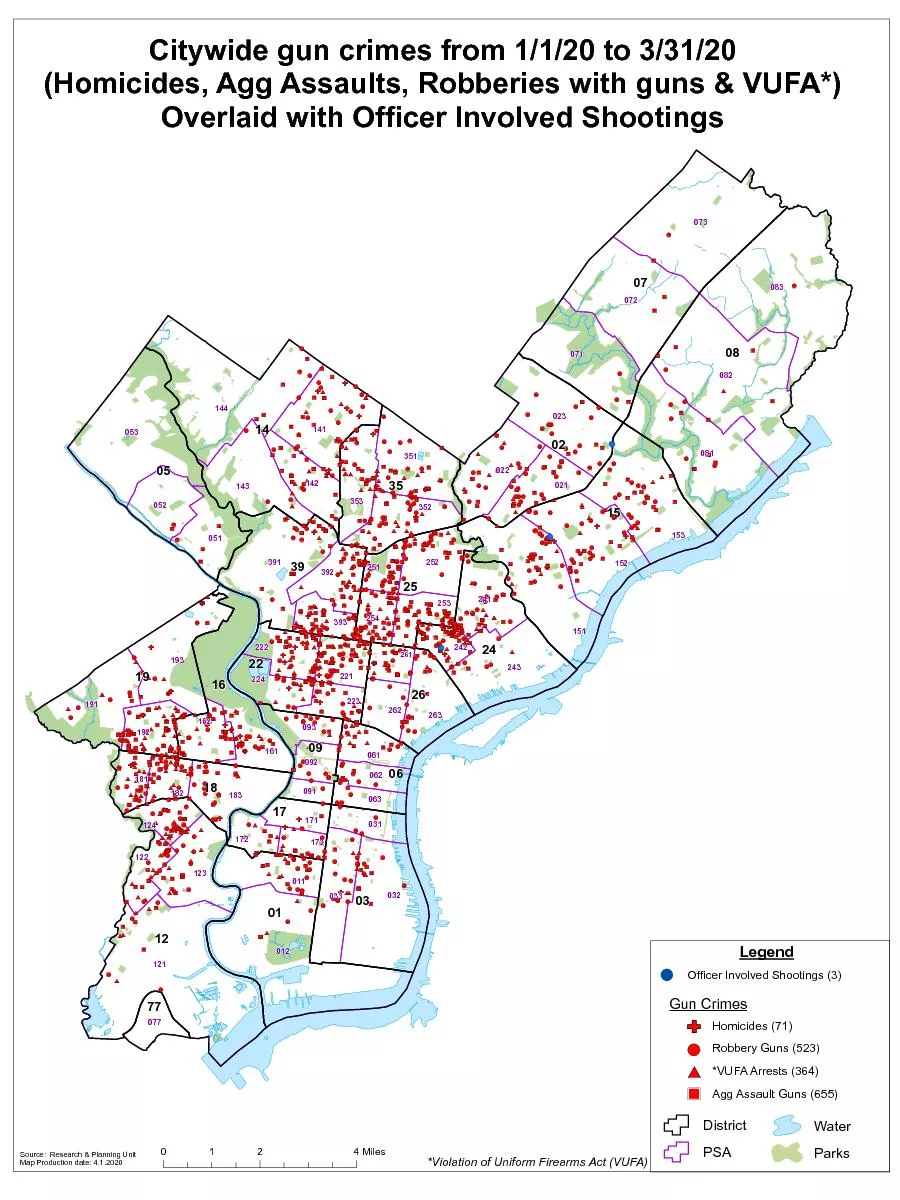PDF-Fact Sheet Accidental Shootings x Guns in the home increase risk Rather than being used
Author : danika-pritchard | Published Date : 2015-01-28
x Deaths From 2005 2010 almost 3800 people in the US died from unintentional shootings ii More than a third of the victims were under 25 years of age x Injuries
Presentation Embed Code
Download Presentation
Download Presentation The PPT/PDF document "Fact Sheet Accidental Shootings x Guns i..." is the property of its rightful owner. Permission is granted to download and print the materials on this website for personal, non-commercial use only, and to display it on your personal computer provided you do not modify the materials and that you retain all copyright notices contained in the materials. By downloading content from our website, you accept the terms of this agreement.
Fact Sheet Accidental Shootings x Guns in the home increase risk Rather than being used: Transcript
Download Rules Of Document
"Fact Sheet Accidental Shootings x Guns in the home increase risk Rather than being used"The content belongs to its owner. You may download and print it for personal use, without modification, and keep all copyright notices. By downloading, you agree to these terms.
Related Documents

